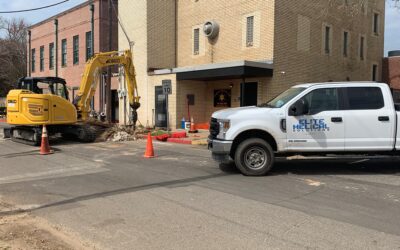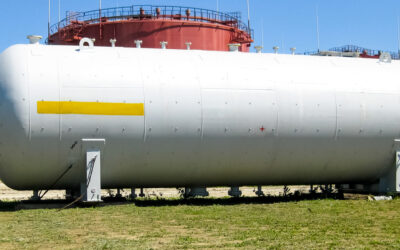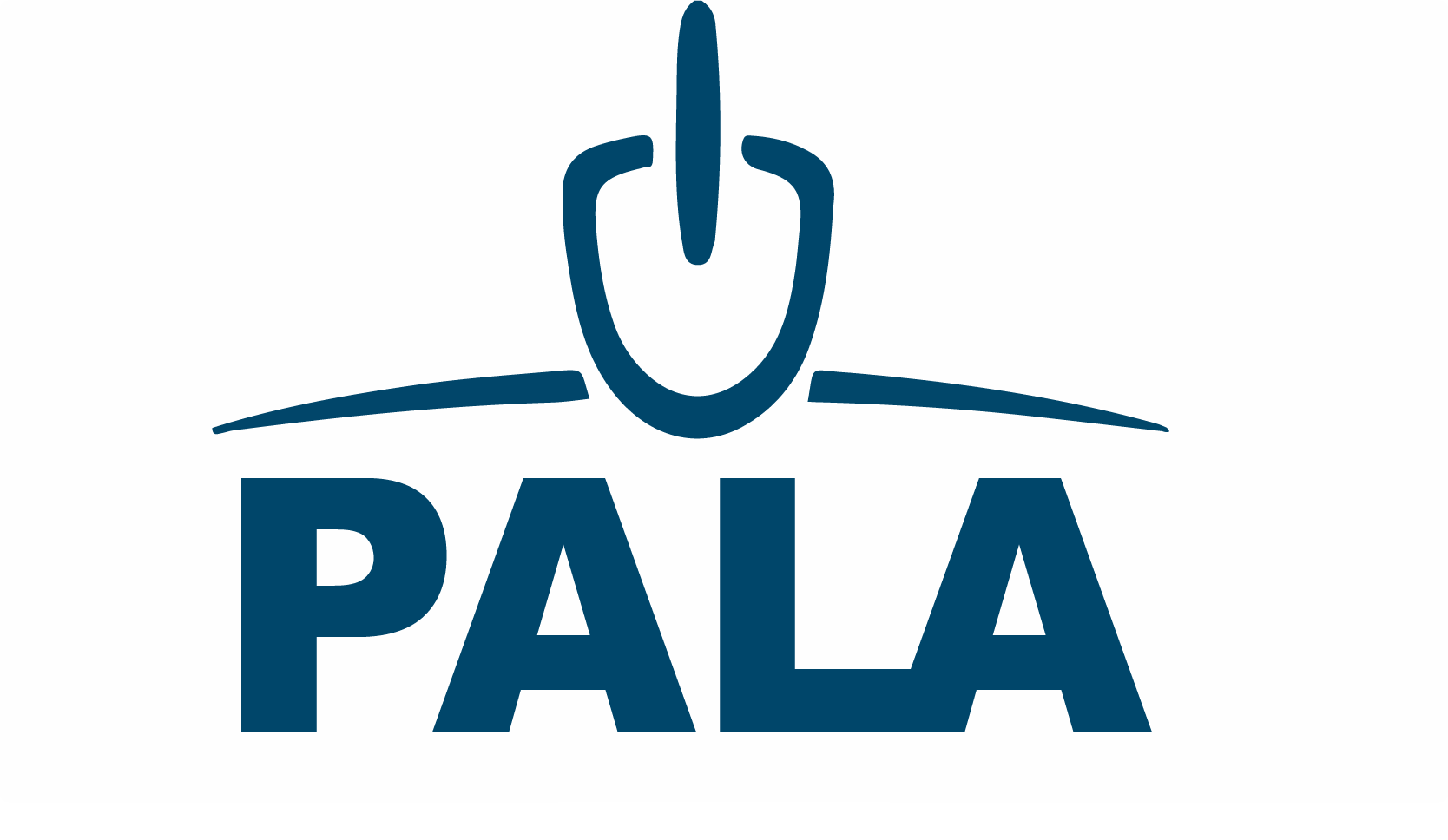Before helical piles are installed, there are a few design considerations you need to make to ensure they’ll effectively support the intended structure. Without taking into account the size and shape of the piles, the type of soil, the pile capacity, and other such factors, your design may risk failure. Keep reading for six aspects of helical pile foundation design to consider when planning your industrial construction project.
1. Load-Bearing Capacity
The load-bearing capacity of the helical piles to be used for your project is the first and most important consideration for helical pile foundation design. You need to know whether the piles will be able to bear the load of the intended structure, which informs other aspects of design, like the shaft size, number of piles, spacing, and depth.
There are three primary methods to determine helical pile capacity:
- Direct capacity measurement
- Torque correlation
- Bearing capacity in the soil
At least two of these methods should be used in conjunction when calculating load capacity for helical pile design to ensure accuracy and safety.
2. Shaft Size and Type
There are three main types of helical piles: round, square, and combination. These different shapes are suited to different conditions. The hardness or weakness (looseness) of the soil can inform the shaft type to be used. Some soils may be too hard to use round piles, and square or combination shafts may be required. Conversely, round shafts are better suited to loose, weak soils due to the compressive loads they’ll experience in that soil condition.
3. Spacing of Helical Piles
The spacing of helical piles depends both on the number of piles you need to safely bear the load of the structure and the size of the helical plate. The helical plate (also referred to as the helical bearing plate or helix) is one pitch (complete revolution around the pile) of the screw thread. The larger the helical plate, the larger the minimum spacing required.
Since the helices do not extend the entire length of the helical pile, maintaining the necessary minimum spacing is necessary not at ground level, but at bearing level, where the helices are in their final installed position. For structures that require additional load bearing capacity, helical piles can be installed at angles that ensure minimum spacing at bearing level while reducing spacing at ground level.
4. Depth of Helical Pile Installation
Like other deep foundations, helical piles are generally installed at greater than 3 meters below the ground’s surface. The depth should be at least 6 times greater than the diameter of the biggest helix, as measured from the top of the pile to the uppermost helical plate.
Increased depth = increased torque = greater load bearing capacity.
For applications where the soil doesn’t provide enough friction to support the load of the structure at shallower depths, longer, deeper helical piles may be required. Challenging landscapes, such as offshore construction, may require deeper foundations, to support the weight of the installation in water and sand.
5. Soil Type
It’s crucial to consider the soil type when designing a helical pile foundation, as the strength of the load bearing capacity of the piles depends on the torque applied to the piles due to resistance from the soil. When considering soil type for helical pile installation, soil is classified into two general types: fine-grained and granular. Fine-grained soils have a diameter of less than 0.075mm; granular soils have a diameter of greater than or equal to 0.075mm.
| Type of soil | Classification |
| Clay | Fine-grained |
| Silt | Fine-grained |
| Gravel | Granular |
| Sand | Granular |
6. Location and Environment
In addition to the soil present at the construction location, there are other environmental factors to consider that are location specific. Given that helical piles are driven deep into the soil, it’s also critical to know that there are no obstructions where your piles are to be sunk.
This entails more than just calling Miss Dig—you need to ensure that there are no underground utilities, impenetrable rock, caves or caverns, underground water sources, pockets of natural gas or oil, or even just the ruins of old structures or debris. Anything that could impede the screwing in of a helical pile or reduce its torque could compromise the integrity of the foundation.
Helical pile foundations are revolutionizing foundation design with distinct advantages over poured foundations in difficult landscapes and heavy industrial applications. But it’s important to consider the above factors in your helical pile design. If you need help with helical pile design for your construction project, contact a trusted helical pile installer.
Interested in using helical piles to support your next construction project? You’re going to need a solid design before getting started. As your turnkey helical pile contractor, Elite Helical can help with all steps of the process — from design to supply to installation. Contact us online today.






